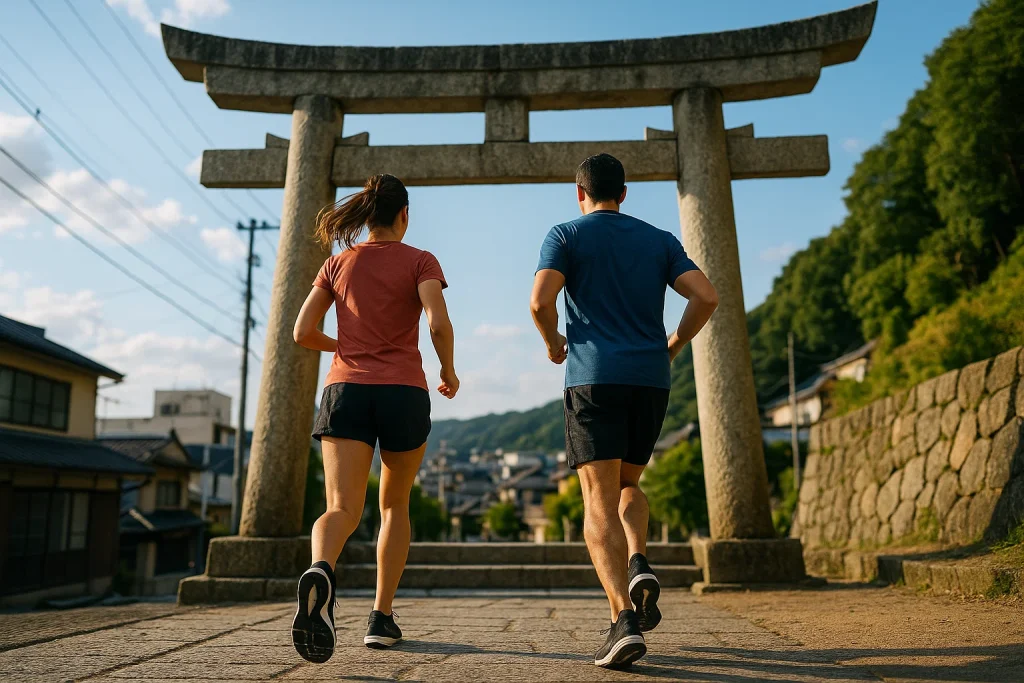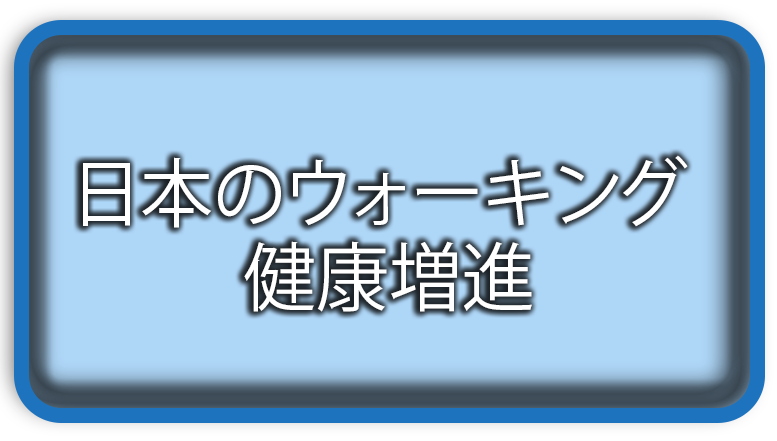⏲️ Estimated reading time: 5 min
Japanese Walking Boosts Health. Discover how Japanese walking isn’t just exercise it’s a cultural, mindful, and joyful way to stay fit. Learn the benefits, techniques, and why it’s gaining global attention.
Japanese Walking: A Fun Way for Some to Boost Their Health
In a world driven by fast-paced workouts and trendy fitness apps, some people are returning to the basics and finding joy in the process. Japanese walking, a traditional and mindful form of movement, has become a beloved practice for many looking to improve their physical and mental well-being. More than just putting one foot in front of the other, this method is rooted in intention, rhythm, and centuries of cultural philosophy.
Let’s take a closer look at why Japanese walking is becoming one of the most fun and rewarding ways to stay healthy.
What Is Japanese Walking?
Japanese walking, or “Namba Aruki” (ナンバ歩き), is a traditional style of walking that involves synchronized movement of the arm and leg on the same side of the body. It contrasts with modern Western walking, where the opposite arm and leg move together.
This technique was historically used by samurai, messengers, and laborers to travel long distances efficiently without exhausting themselves. Over time, it evolved into a mindful practice known for its smooth, energy-saving motion.
The Core Principles of Japanese Walking
To truly benefit from Japanese walking, it’s essential to understand its foundational elements:
- Natural Posture: Straight spine, relaxed shoulders, and aligned hips.
- Same-Side Motion: Left arm moves with the left leg, and vice versa.
- Calm Breathing: Inhale through the nose and exhale softly through the mouth.
- Grounded Steps: Feet remain close to the ground, minimizing impact.
- Mindful Awareness: Each step is deliberate and grounded in the present.
This creates a meditative rhythm, often likened to a moving form of Zen.
Health Benefits of Japanese Walking
Many Japanese people who practice this walking style report numerous health benefits, including:
🫀 Cardiovascular Health
Though less intense than jogging or HIIT, Japanese walking helps improve heart health and circulation due to consistent, rhythmic motion.
🧘 Mental Clarity
The meditative nature of Japanese walking reduces stress and anxiety. The deep breathing and mindfulness create a calming mental state.
🧍♂️ Posture and Balance
It encourages spinal alignment and body awareness, improving balance and reducing the risk of falls, especially for older adults.
🔋 Energy Efficiency
The energy-conserving movement style reduces joint strain and muscle fatigue, allowing longer walks without exhaustion.
🤸 Flexibility and Mobility
Gentle repetitive motion loosens joints, increases range of motion, and maintains overall flexibility.

How to Start Practicing Japanese Walking
You don’t need any special equipment or training to start. Here’s a beginner-friendly way to ease into it:
1. Find a Quiet Path
Start with a 10–15 minute walk in a calm environment parks, quiet streets, or nature trails work well.
2. Focus on Your Posture
Stand tall. Align your head with your spine, relax your shoulders, and tuck in your chin slightly.
3. Engage in Same-Side Movement
Move your left arm with your left leg, and your right arm with your right leg. At first, it may feel strange, but it becomes more natural with practice.
4. Breathe Deeply
Use nasal breathing to maintain calmness. Inhale for 4 steps, exhale for 4.
5. Stay Mindful
Pay attention to how your feet land, the swing of your arms, and your breath. Let go of distractions.
Japanese Walking vs. Nordic Walking
While Nordic walking involves poles and a full-body workout, Japanese walking is gentler and more inwardly focused. Nordic walking boosts cardiovascular output; Japanese walking balances the mind and body with less physical strain.
| Feature | Japanese Walking | Nordic Walking |
|---|---|---|
| Equipment | None | Poles required |
| Focus | Mindful movement | Full-body workout |
| Intensity | Low | Moderate to high |
| Best For | Stress relief, posture | Cardio, endurance |
| Cultural Origin | Japan | Finland |

Why Japanese Walking Is Gaining Global Popularity
In an era when burnout, screen fatigue, and mental health struggles are on the rise, people are turning to gentler, more sustainable forms of exercise. Influencers, health coaches, and even physical therapists are now recommending Japanese walking for its holistic benefits.
Moreover, it aligns with modern trends such as:
- Slow living and mindfulness
- Holistic health practices
- Minimalist fitness routines
- Sustainable exercise for aging populations
Even social media trends are catching on, with #NambaAruki videos going viral for their calming visuals and tranquil forest paths.
Japanese Walking for the Older People and Beginners
One of the beautiful aspects of Japanese walking is its accessibility. Whether you’re 20 or 80, you can practice it at your own pace. For older people or people with joint issues, this method provides a low-impact way to remain active without fear of injury.
It can even be incorporated into physical therapy programs for rehab or recovery.

Tips for Making It a Daily Habit
- Start with 5–10 minutes daily and gradually increase to 30 minutes.
- Use it as a walking meditation during lunch breaks or after meals.
- Pair it with calming music or nature sounds.
- Invite a friend or join a local walking group to stay motivated.
- Track your progress with a fitness app to build consistency.
Final Thoughts: More Than Just Walking
Japanese walking is more than a fitness trend it’s a lifestyle rooted in harmony, energy conservation, and mindfulness. Whether you’re looking to recover your health, prevent burnout, or simply find peace in motion, this practice offers a grounded, culturally rich path forward.
So the next time you step out for a walk, remember: you’re not just exercising your body you’re connecting with centuries of Japanese wisdom.

🔔 For more tutorials like this, consider subscribing to our blog.
📩 Do you have questions or suggestions? Leave a comment or contact us!
🏷️ Tags: Japanese walking, Namba Aruki, mindful walking, healthy lifestyle, low impact exercise, posture improvement, stress relief, walking for older people, daily habits, mental health
📢 Hashtags: #JapaneseWalking, #NambaAruki, #MindfulWalking, #HealthyHabits, #PostureHealth, #StressRelief, #WalkingMeditation, #HolisticHealth, #SeniorFitness, #CulturalFitness
Path to Harmony
Japanese walking reminds us that sometimes, the slow path is the most powerful. In a world that never stops moving, taking a mindful walk can be the healthiest decision of your day.
Only logged-in users can submit reports.
Discover more from HelpZone
Subscribe to get the latest posts sent to your email.

